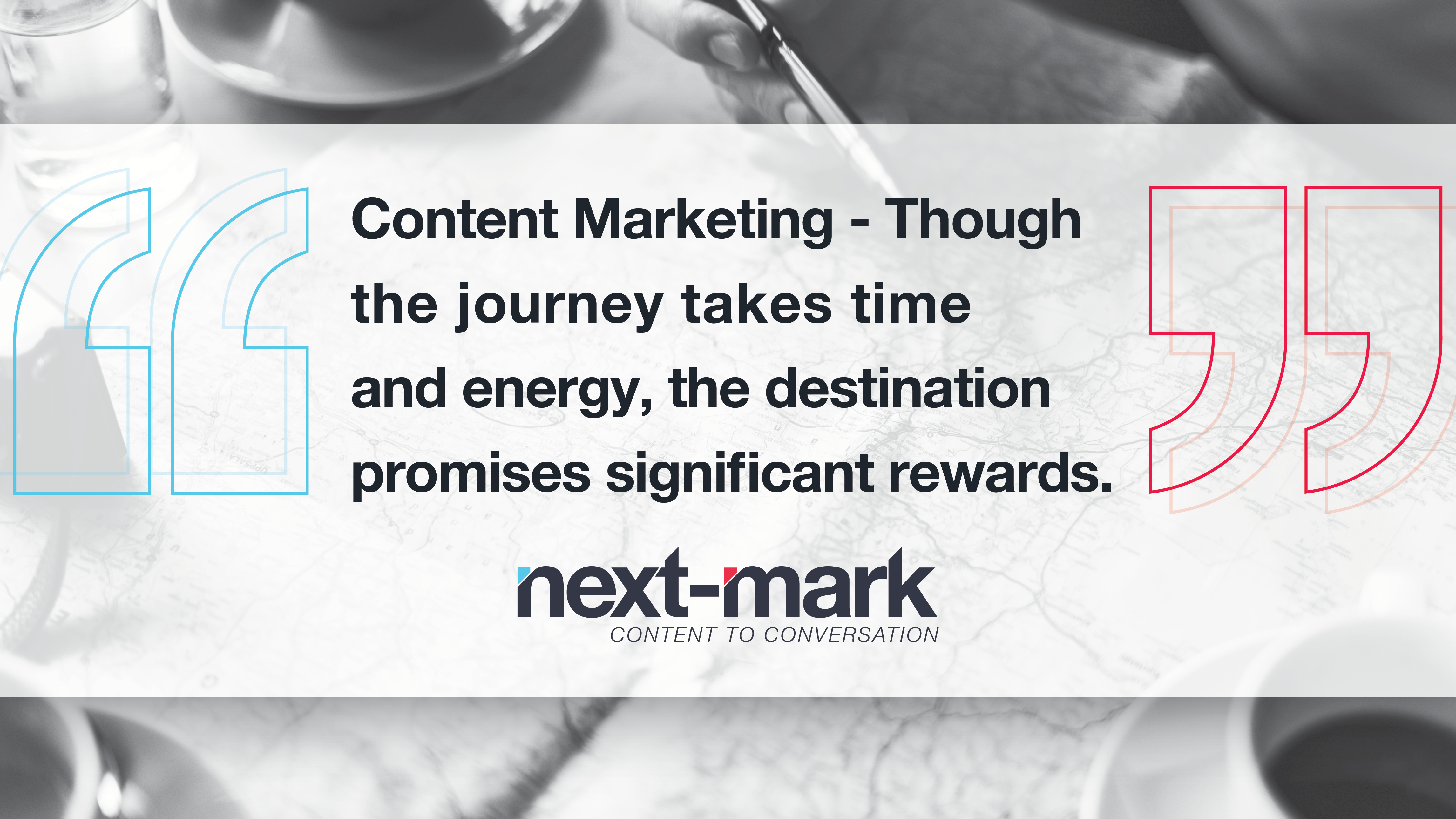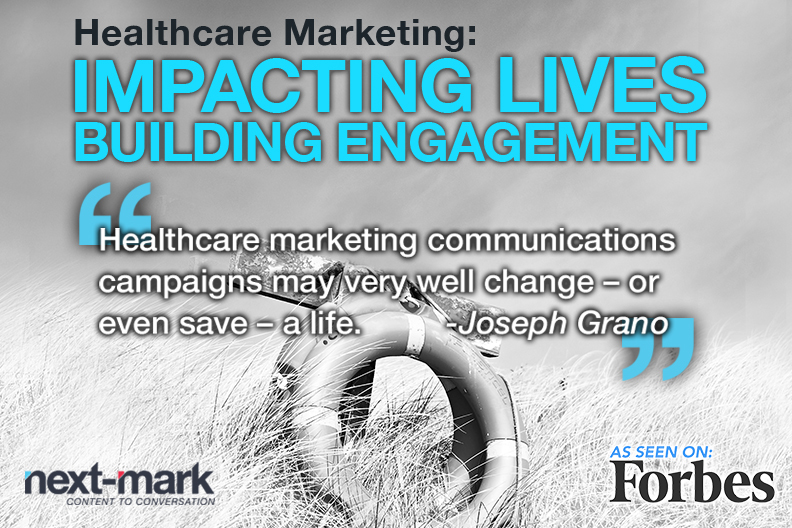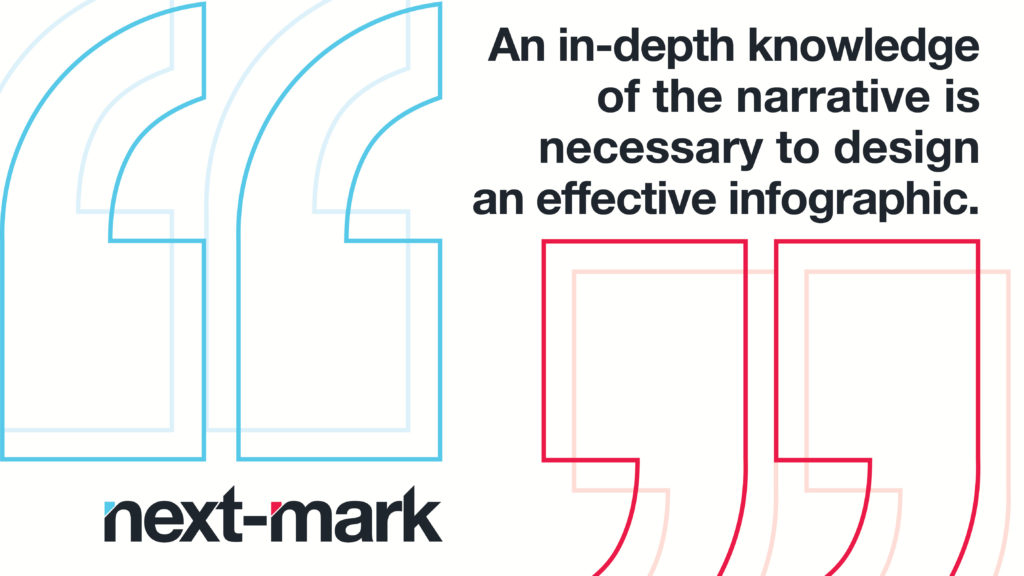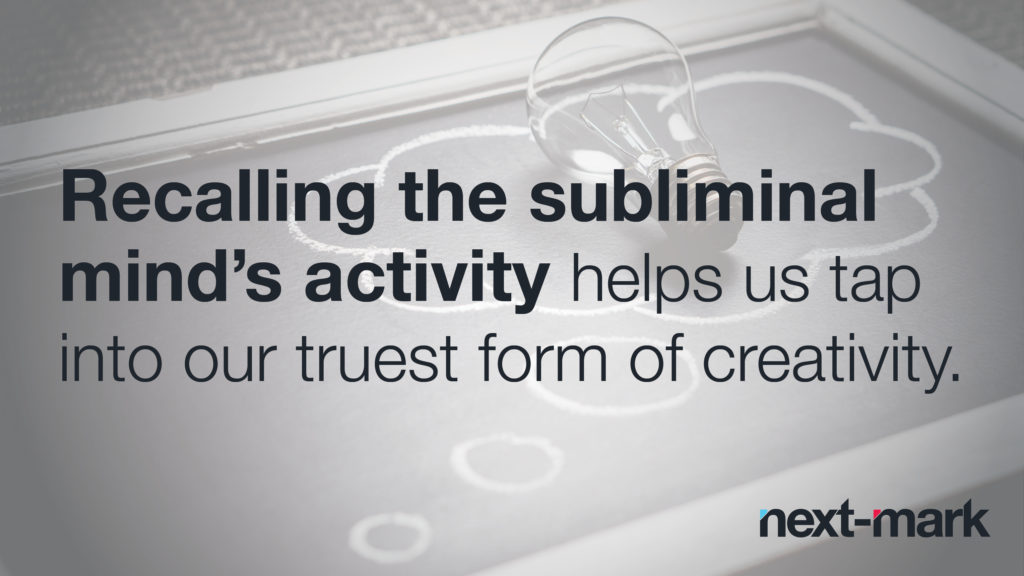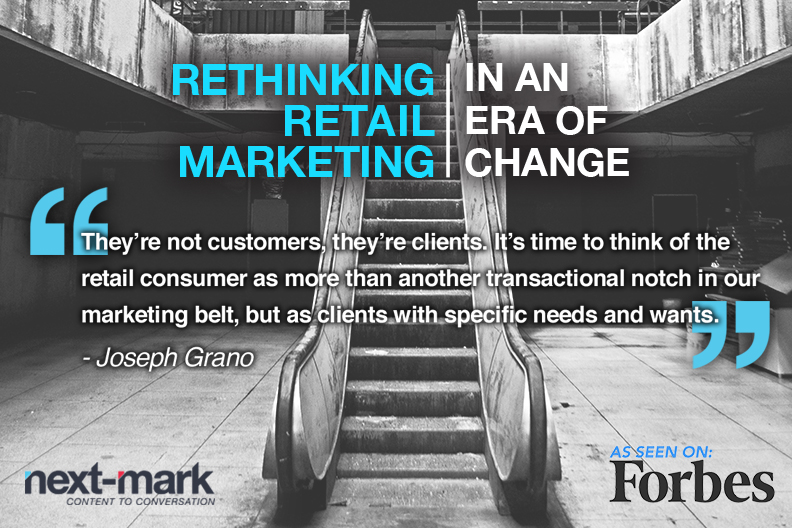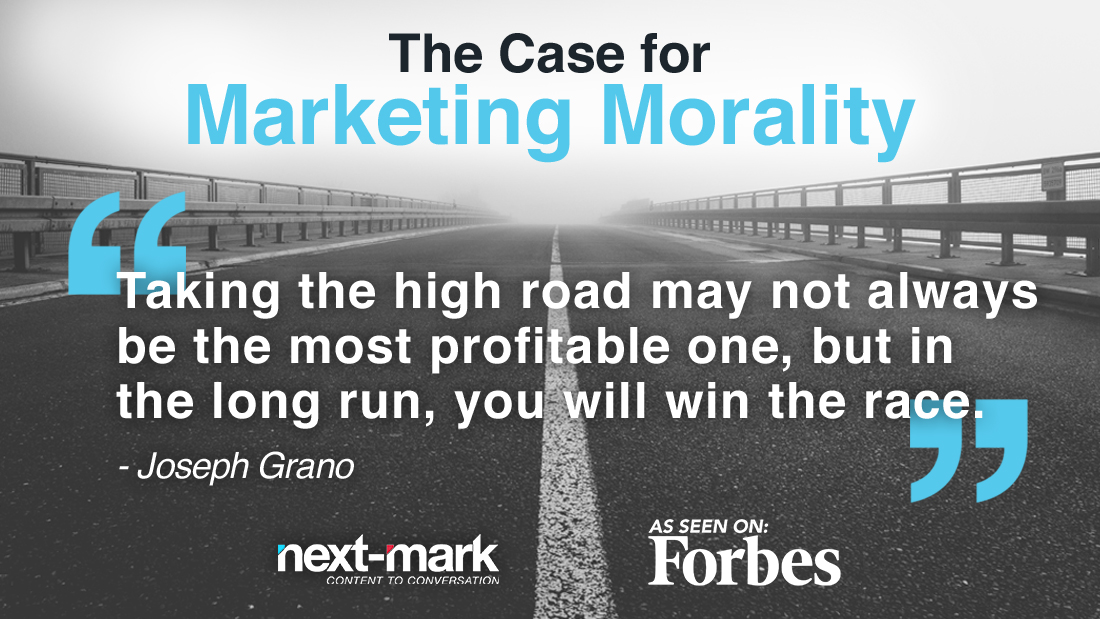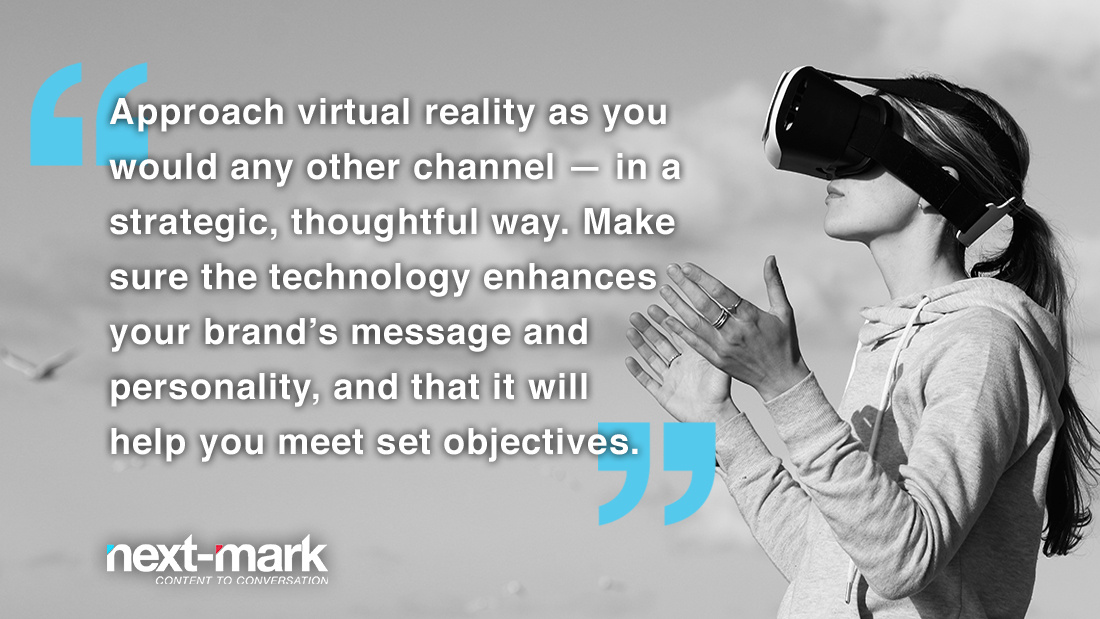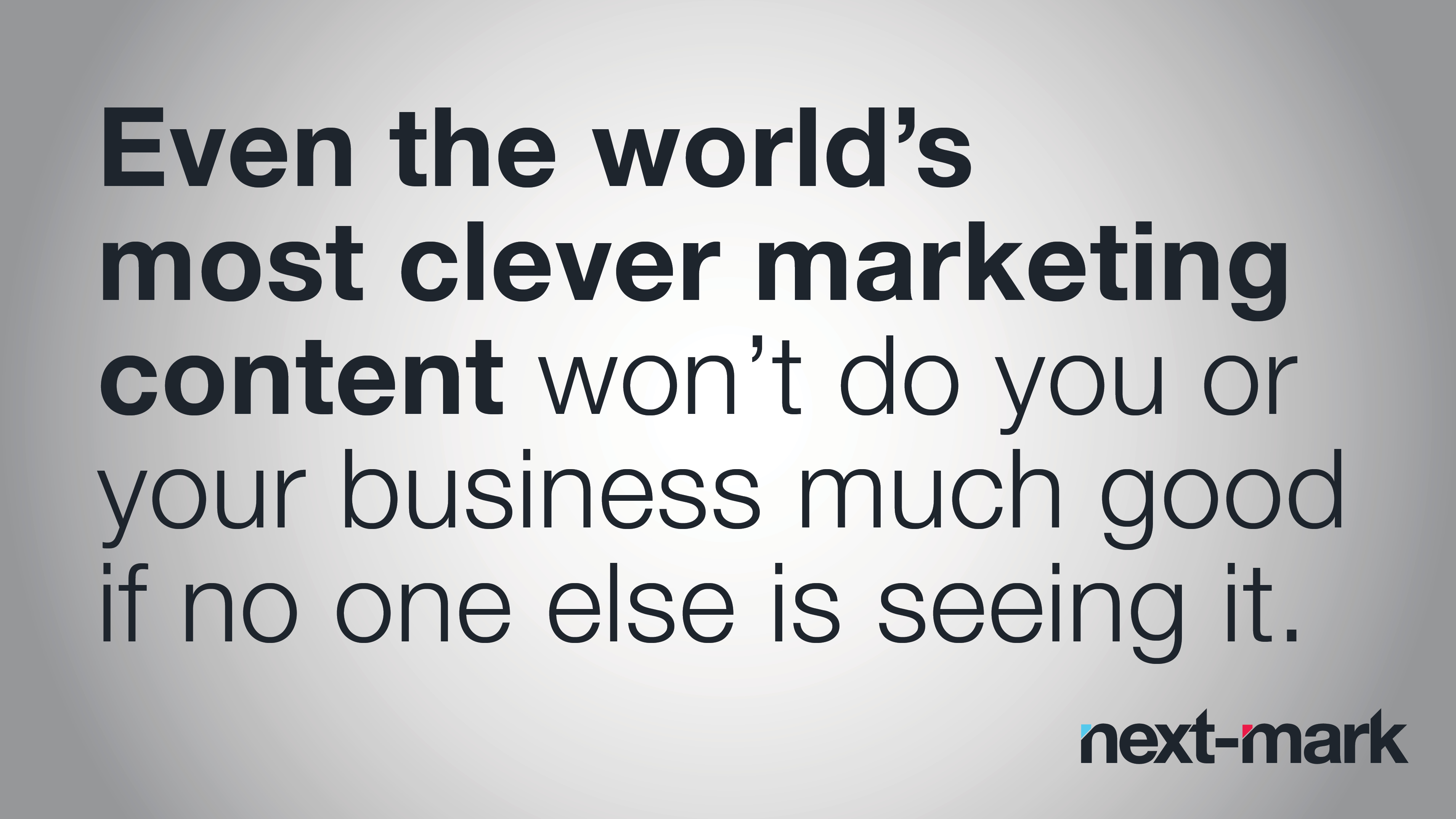
Nowadays, having a dynamic social media presence is critical for success. However, in order to reach your desired level of success on social, you must have a specific strategy to ensure your content reaches the largest audience possible. Whether you’re new to the world of social media marketing or not, it’s no secret that getting noticed on social media can be tough. Even the world’s most clever marketing content won’t do you or your business much good if no one else is seeing it.
Thus, here are our top 4 ways to increase content exposure on social media.
- Fully understand the platforms
Before you start to look for one-size-fits-all ideas and tactics that you can start implementing, it’s important to focus on the unique nature of each individual platform. Content shouldn’t be promoted the same on Instagram and Twitter because they aren’t always going to be perfectly compatible. Your audience doesn’t use them the same way, so you probably shouldn’t either.
- Utilize visual content
There’s a massive amount of potential being wasted by a lot of business owners when it comes to content creation. Adding a visual component to your content is going to get it more views, period. The only thing that you need to be thinking about at this point is what kind of visual content you’re going to use. For instance, live videos are a great way to create content with an authentic, intimate feel built right in. And if you’re operating with a humble marketing budget, live videos have the added benefit of being a low-cost option.
- Monitor the Metrics
While it may not be the most exciting topic, it is one of the most important. Without a heavy focus on metrics, your marketing efforts essentially amount to using your best guess at what’s working and what isn’t. If you’re looking for ways to increase your content’s exposure, the process actually becomes pretty simple. Try out a variety of different styles of content. Then track the data on each separate strategy using platform specific tools, focusing on metrics like exposure and reach. Once you’ve collected the data, create and publish more content that’s designed to capitalize on what your audience is engaging with.
- Consider Paid Advertisements
Ads on social are not like any other ads online. Why? Because they have massive upside. Facebook and Instagram ads have some of the best returns in the paid advertising game. You get access to plenty of people who actively engage with your brand. It’s essentially a way to hijack a curated list of people in your demographic who want your product/service. It’s hard to think of anything that’ll offer your content more exposure than that.
Why not take every step possible to increase your content’s exposure on social by building a marketing strategy that prioritizes data, industry understanding and execution. If we can help you with your social strategy, let us know!
